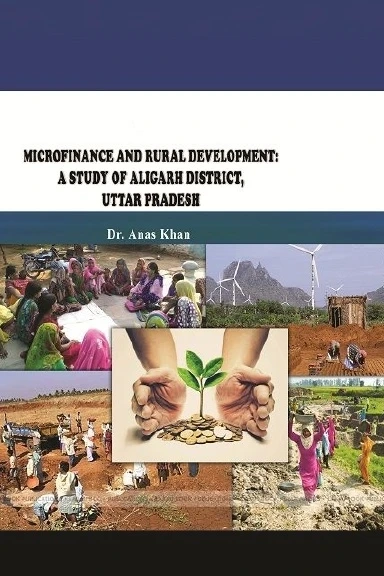In the dynamic landscape of microfinance in India, where access to financial services can be a transformative force, a key aspect often overlooked is the financial literacy of clients.
Understanding the intricacies of managing money, making informed financial decisions, and planning for the future are essential components of achieving true financial empowerment.
Recognizing this, the best microfinance institutions in India have been increasingly collaborating with organizations dedicated to enhancing the financial literacy of their clients.
The Importance of Financial Literacy
At the heart of every successful microfinance venture lies a shared vision of economic upliftment and poverty alleviation. Microfinance institutions (MFIs) in India have been instrumental in providing access to credit and financial services to marginalized communities, empowering individuals to start and grow small businesses, and improving living standards. However, access to credit alone isn't enough to break the cycle of poverty; it must be accompanied by financial education and literacy.
Financial literacy equips borrowers with the knowledge and skills they need to use microloans effectively, make sound financial choices, and save for the future. In India, where a significant portion of the population lacks basic financial awareness, financial literacy programs have become indispensable.
Recent Collaborations: Bridging the Gap
In recent years, the best microfinance institutions in India have recognized the need to go beyond providing loans and savings accounts. They understand that true empowerment comes when clients are equipped to manage their finances independently. This realization has led to strategic collaborations between microfinance providers and organizations specializing in financial education.
The Impact of Collaboration
The synergy between microfinance institutions and financial literacy organizations is evident in the positive impact on clients. Here are some key outcomes of recent collaborations:
1. Improved Financial Decision-Making
Through workshops, seminars, and educational materials, clients are gaining a deeper understanding of financial concepts such as budgeting, saving, and responsible borrowing. This knowledge empowers them to make informed decisions that benefit their families and businesses.
2. Enhanced Loan Utilization
Clients who receive financial literacy training are more likely to utilize their loans effectively. They invest in income-generating activities, ensuring that borrowed funds are put to good use and generate a positive return on investment.
3. Increased Savings
Financial literacy programs emphasize the importance of saving for emergencies and future goals. Clients are encouraged to open and maintain savings accounts, providing a safety net for unexpected expenses and a foundation for long-term financial stability.
4. Reduced Indebtedness
Clients who understand the true cost of borrowing are less likely to fall into the trap of overindebtedness. Financial literacy programs teach responsible borrowing practices, helping clients avoid the cycle of perpetual debt.
Best Practices in Collaborative Efforts
Successful collaborations between microfinance institutions and financial literacy organizations share several best practices:
1. Tailored Programs
Collaborators design programs that are culturally sensitive and tailored to the specific needs and challenges faced by the target population. This ensures that the content resonates with clients and is applicable to their daily lives.
2. Continuous Learning
Financial literacy is an ongoing process. Collaborators recognize the need for continuous learning and regularly update their programs to address changing financial landscapes and client needs.
3. Measurable Impact
Data-driven assessments are used to measure the impact of financial literacy programs. Collaborators collect feedback and track clients' financial behaviors to gauge the effectiveness of their efforts.
4. Community Engagement
Collaborative efforts extend beyond financial education. They often involve community engagement initiatives, fostering a sense of collective responsibility for financial well-being.
The Road Ahead
Collaborations between microfinance providers and financial literacy organizations represent a promising trend in the Indian microfinance sector. As more institutions recognize the value of equipping their clients with financial knowledge, we can expect to see a positive ripple effect throughout communities, leading to greater economic stability and prosperity.
In conclusion,
the best microfinance institutions in India are not just providing financial services; they are empowering their clients with the knowledge and tools needed to make informed financial decisions.
Recent collaborations between these institutions and financial literacy organizations are paving the way for a brighter financial future for microloan recipients and their communities.
As these partnerships continue to evolve, they hold the potential to transform the microfinance ecosystem in India, making it more inclusive and impactful than ever before.


